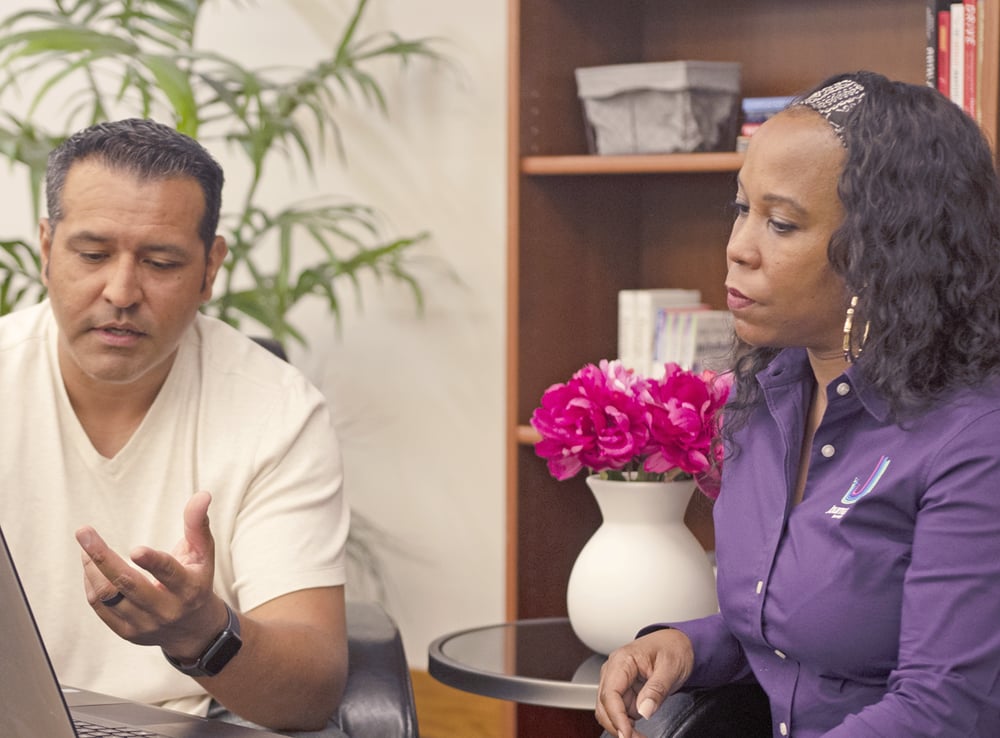About Us
Journal Technologies Inc. is an enterprise software company connected as a long-time subsidiary with Daily Journal Corporation (NASDAQ: DJCO), a company with a fascinating history—including the legendary Charlie Munger as our long-time Chairman. Though he delegated this role in 2022, he remained an active member of the Board until he passed away in November 2023.
Headquartered in downtown Los Angeles (on the edge of Little Tokyo and the Arts District), Journal Technologies has approximately two hundred and twenty employees. We have a major office in Logan, Utah, teams in Melbourne, Australia and Victoria, Canada, and a growing number of permanent remote staff across North America and the world.
We’re incredibly excited about the possibilities around the work we do. Though our roots as a business date back to 1888 (as a newspaper, and Daily Journal Corporation is still in the legal publishing business), our focus is squarely on the future.

Our Approach
Successful civilizations have fairness at their core; a set of rules that everyone needs to abide in the pursuit of harmony. Known as the Rule of Law, our social compact is based on the idea that every one of us is accountable to the law and making things right.
At Journal Technologies, we make technology that helps society better deliver on these important concepts through software for courts and the justice system. As we help governments and their employees deliver continued foundational court processes, our R&D is also focused to leverage new possibilities with technology to improve access and efficiency.
In the background, we understand that returns to our shareholders flow from creating great products that delight customers, and that truly great products are built and implemented by great people. Under a new generation of leadership, a core goal is to become an extraordinary place to invest one’s energy and build a rewarding career.
Our Core Values
What makes us tick? There are three core values that guide our conduct and decisions:
The Golden Rule
We treat one another and those with whom we do business as we’d want to be treated. For example, we never ask someone to sign something we wouldn’t sign ourselves (and we expect the same in return).
Help Build a Fairer Society
We seek to maximize the potential of our work to reinforce the potential of the courts and justice system to ensure a fair and just society, and that the legacy of our careers be positive in the world.

Continuous Improvement
We challenge ourselves and take action to ensure ongoing improvement as individuals, teams, and as a company.
Our Technology Beliefs
What sculpts our technology? In our mission to build the best possible software technology for our current and future customers, we’ve also institutionalized a set of fifteen technology beliefs that will be at the heart of all engineering and business model decisions we make going forward.


